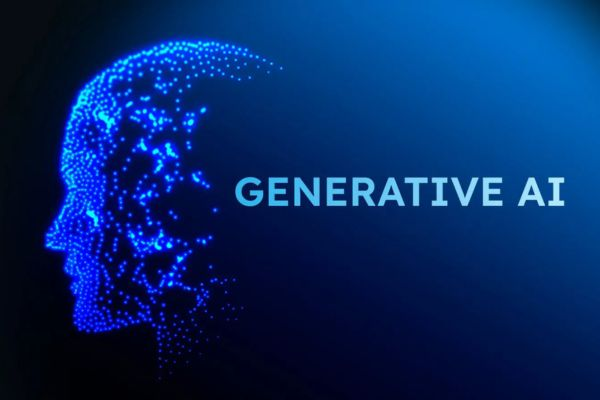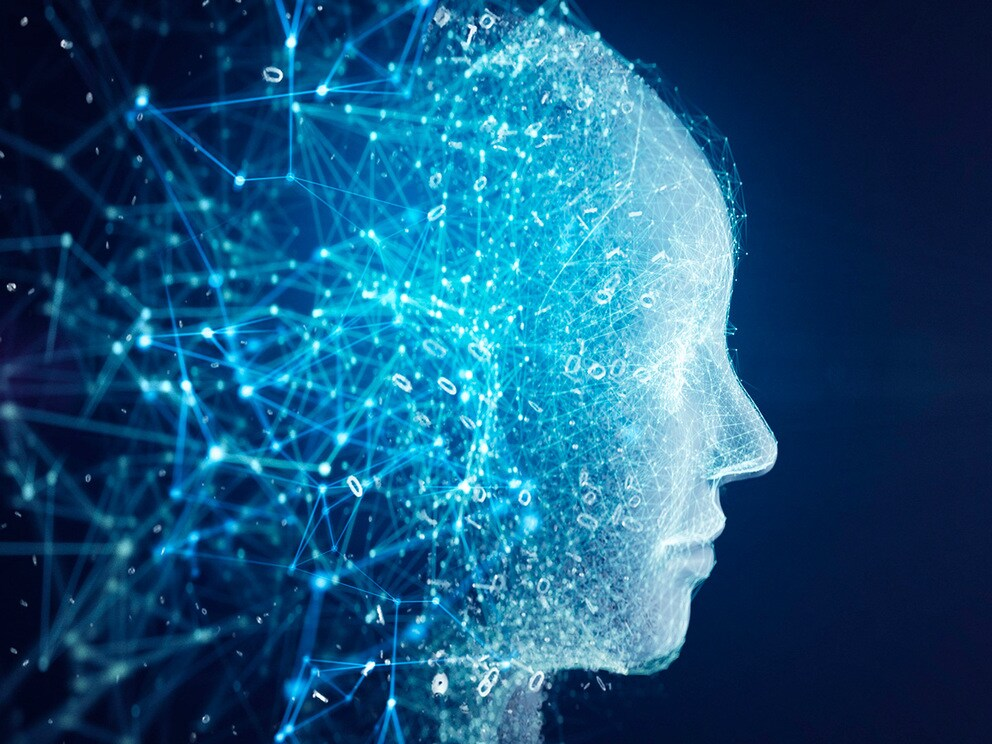In today’s digital priority world data is the foundation upon which innovative products are built. From custom user experiences to intelligent mechanisms, the success of digital products depends heavily on the quality, accessibility, and real-time availability of data. Traditionally, data engineering is not on frontend of this ecosystem but it focused on building and maintaining complex pipelines that collect, process, and deliver data to downstream applications.
However, with the steady growth of data sources and the increasing demand for flexibility,traditional data engineering applications are being pushed to their limits. This is where Generative AI (Gen AI) is beginning to play a transformative role. By bringing automation, adaptability, and intelligence to data workflows, Gen AI is not only enhancing efficiency but also redefining what’s possible in digital product engineering.
This article will explore how Gen AI is reshaping the future of data engineering, enabling organizations to build smarter, faster, and more resilient digital products.
GEN AI(Generative AI):Powering Smart Data Futures

Generative AI (Gen AI) is a type of artificial intelligence which can create a new content—such as text, images, audio, video, code, and even data—based on the patterns it has learned from large datasets.It is not like traditional AI, which is typically designed for classification, prediction, or decision-making, Gen AI focuses on generation. It uses advanced machine learning models (especially transformers, like GPT, DALL·E, and others) to understand inputs and generate logical, creative, and context related correct outputs.
In the fastest growing realm of digital product engineering, the role of data has always been central. However, as the difficulty level and scale of data is flourishing , traditional data engineering approaches are reaching their limits. Enter Generative AI (Gen AI)—a transformative force that is reshaping the landscape of data engineering and unlocking new possibilities in digital product development.
Let’s talk about some key capabilities of GEN AI, it can easily do text generation like writing articles, emails, summaries, blogs, chat responses.It can create images and videos from text description,creates synthetic data for testing, training or simulation,also produces realistic human-like speech or music and also generates codes.
Evolving Data Pipelines With Generative AI
Previously, data engineering has focused on building pipelines that collect, clean, and transport data to analytics and machine learning systems. These pipelines are strong but often inflexible which requires significant manual effort to adapt to new data sources or changing business needs.
Gen AI brings transformation and intelligence into the equation. With large language models (LLMs) and other generative frameworks, data engineering is evolving from a set of static processes into dynamic, self-optimizing systems. Generative AI can automate code generation, anomaly detection, and even schema mapping, significantly reducing engineering overhead and accelerating development cycles.
Key Ways by Which Gen AI Is Transforming Data Engineering

1. Automated Data Integration and Transformation
Gen AI models can understand and generate code for integrating different data sources. They can map unstructured or semi-structured data into usable formats and even conclude business logic from documentation or metadata. This reduces the manual work needed for ETL (Extract, Transform, Load) and enables more fast responses to evolving data environments.
2. Intelligent Metadata and Cataloging
Modern data ecosystems require deep clarity into data assets. Gen AI can analyse datasets and auto-generate rich metadata, descriptions, origin, and quality assessments. This improves search ability and leading , supporting faster, safer innovation in product development.
3. Smart Monitoring and Optimization
Data pipelines are inclined to failures, delays, and quality issues. Generative AI can easily monitor these pipelines, predict potential failures, and recommend or even execute fixes autonomously. This prediction ability is essential for ensuring real-time responsiveness in digital products.
4. Accelerating DataOps and MLOps
Gen AI acts as a co-pilot for DataOps and MLOps teams by assisting in writing YAML layouts, organization scripts, or even testing frameworks. It fills the gap between data science and production, ensuring that AI-driven features in digital products are delivered faster and more reliably.
5. Natural Language Interfaces for Data Access
One of the most promising applications of Gen AI is enabling natural language access to complex data systems. Business users and product managers can query datasets or trigger data workflows using plain English, democratising data access and fostering a more data-literate organization.
The Impact on Digital Product Engineering
Digital products today rely on real-time personalization, predictive capabilities, and intelligent automation—capabilities that are only as good as the data infrastructure supporting them. By integrating Gen AI into data engineering, product teams gain:
•Faster time to market: With AI accelerating every stage from ingestion to deployment.
•Greater adaptability: Pipelines that can evolve with business needs.
•Improved collaboration: Natural interfaces and automated documentation bridge the gap between technical and non-technical stakeholders.
•Lower costs: Reduced need for manual coding and troubleshooting.
Challenges ,Cautions and What Comes Next
While giving progressive results is immensely good, adding Gen AI into data engineering is not without challenges. Data privacy, model vision, and operational complexity need to be addressed with strong power and human oversight. Moreover, Gen AI should complement—not replace—the expertise of data engineers, empowering them rather than automating them away.
As this field matures, we can expect to see platforms and tools that natively place Gen AI into data workflows, making these capabilities more accessible and dependable. In this future, data engineering becomes not just a backend function, but a core driver of digital product innovation.
Conclusion
The fusion of Generative AI and data engineering marks an important shift in how digital products are built, scaled, and evolved. As organizations accept this partnership, they will unlock unmatched flexibility , intelligence, and innovation in their digital product strategies. In this new era, Gen AI isn’t just enhancing data engineering—it’s redefining it.
Also Read : Vivo S30 Series Vivo Pad 5 And TWS Air 3 Launch
Frequently Asked Questions
1.Can Gen AI replace data engineers?
No,Gen AI is a tool to increase potential and empower data engineers, not replace them. It automates repeating tasks and enhances productivity, but human expertise is still critical for strategy, validation, and oversight.
2.What challenges come with integrating Gen AI into data workflows?
Key challenges include:
•Data privacy and security risks
•Model illusion (inaccurate outputs)
•Lack of transparency
•Mixed with existing systems
•Need for human oversight and support.
3.How is Gen AI different from traditional automation in data engineering?
Traditional AI relies on only defined rules. Gen AI is more adaptive and context-aware—it can generate solutions, learn from patterns, and handle unstructured inputs more effectively.
4.Is Gen AI suitable for all types of data engineering tasks?
Not always,while Gen AI excels at automation, summarization, and prediction, complex data architectures or highly regulated environments may require more controlled, strict approaches.
5.What can be the long-term effect of Gen AI on digital products?
Gen AI will enable smarter, faster, and more custom digital products by reducing development jams and allowing teams to focus on innovation rather than infrastructure.











